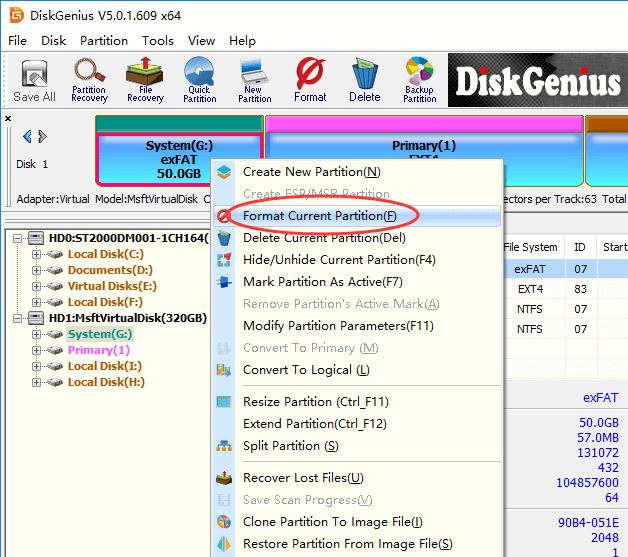
Much like you have a house number, but your postman doesn’t care how many bedrooms you have or who lives in them. The volume is divided into these allocation units, and as far as the file system is concerned, they cannot be subdivided – those are the smallest blocks it can address. So what they do is use “allocation units”, also known as the “cluster size”. If it were to keep a list of every single byte, the table (like an address book) would grow at the same speed as the data – and waste a lot of space. Why does this happen? Well, the FAT32 file system needs to keep track of where each file is stored. If each file averaged 2 KB, you’d get about 100 MB total – but you’re also wasting 15x that (30 KB per file) on average due to the allocation unit size. The space each file takes on the disk is always a multiple of the allocation unit size – and here we’re assuming each file is actually small enough to fit within a single unit, with some (wasted) space left over. Ok, now the minimum space taken is 50,000 * 32,000 = 1.6 GB (using SI prefixes, not binary, to simplify the maths). Consider this:ģ2 KB cluster size (allocation units), which is the max for FAT32 If you have a lot of small files, this is certainly possible.

#DISK GENIUS 32 KB CLUSTERS FAT32 WINDOWS#
Other file systems might be different, but they aren’t supported on Windows anyway. NTFS and exFAT behave similarly with regards to allocation units.

I will be assuming that you are using the FAT/FAT32 file system here, since you mention this is an SD card. SuperUser contributor Bob has the answer for us:

There is a good (if very old) detailed explanation here:


 0 kommentar(er)
0 kommentar(er)
